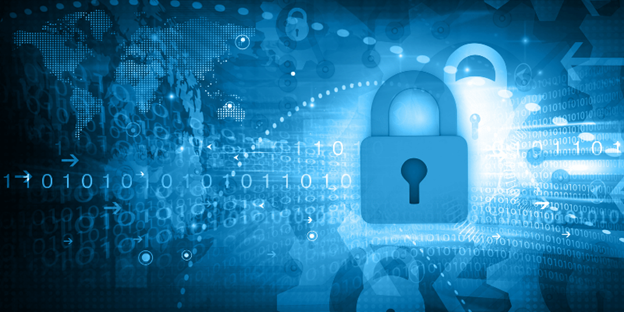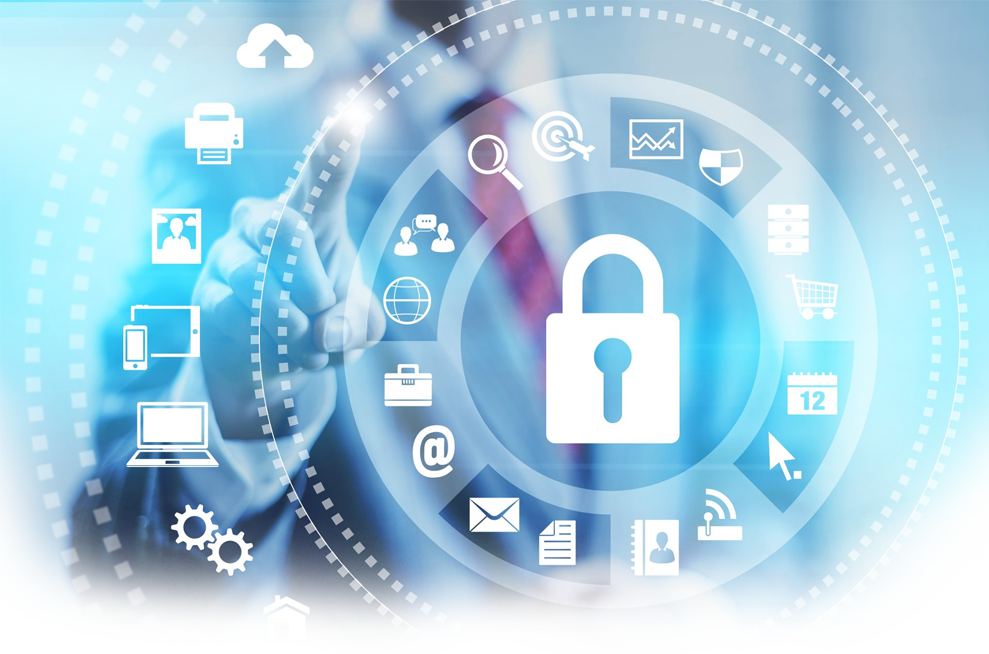
Data security and privacy are a priority for any organization. Those in highly regulated industries like healthcare and finance have even more concerns due to compliance mandates. Protecting your data is about your internal processes and how you share and provide it to third parties. To improve data security and privacy in all aspects, you’ll want to be aware of these critical practices.
Control User Permissions
Untethered access to confidential data is a recipe for disaster. The Principle of Least Privilege is an information security practice. It states that users should only receive privileges if it’s necessary for their job responsibilities.
Thus, that means that most of your team won’t require access to data, nor will the vendors you share data with for transactional mail. Using this as a pillar to improve data security reduces some of the risks of it being too easy to access. For example, we configure our user-level security based on domain policies. As a result, only specific users will never have permission to access the data.
Educate Your Users
Did you know that human error is the leading cause of data breaches? According to a Stanford University study, 88% of data breaches were the result of employee mistakes. Most of these are unintended and occur when users receive phishing emails and unwittingly click a link that spreads malware.
The most significant prevention to avoid these issues is to educate your users. Go beyond simple, check-the-box training around cybersecurity awareness. There are a host of training options available. Many are pre-built, so you don’t have to design them from scratch. These should be mandatory for employees. The more engaging and interactive they are, the better for retention.
Since cyber threats are constantly evolving, be sure to issue new sessions to keep users up to date. In addition to ensuring your staff achieves this level of awareness, be sure to talk to your vendors about how they train and educate their people for greater peace of mind.
Use the Most Advanced Firewalls and IPS Protection
 You may think all firewalls are the same, but they aren’t. An enterprise-grade firewall is at the top of the class. Such a firewall needs to be able to filter large amounts of traffic effectively without compromising performance.
You may think all firewalls are the same, but they aren’t. An enterprise-grade firewall is at the top of the class. Such a firewall needs to be able to filter large amounts of traffic effectively without compromising performance.
The next layer under the firewall should be an Intrusion Prevention System (IPS). An IPS is a type of network security that proactively works to detect and identify threats. It monitors network traffic flows to prevent vulnerability exploitation.
Keep in mind that IPS is not the same as an Intrusion Detection System (IDS). The difference is that an IDS is passive that scans and reports. IPS is actively analyzing and then taking automated action on what they find. Those actions could include:
- Sending an alarm to an administrator.
- Dropping the malicious packet.
- Blocking traffic from a source address.
- Resetting the connection.
Again, this is something you should have in place, as well as those organizations that handle your sensitive data.
Protect Data During Transit and At Rest
Moving data from one system to another isn’t a simple exercise, especially with confidential or protected data. There are many different ways to transmit data, but the safest approach is to use the Secure File Transfer Protocol (SFTP). It uses both the File Transfer Protocol (FTP) and Secure Shell (SSH) security components. These protocols encrypt data during transfer, which mitigates risk exposure.
After the transmission, encryption of the data should continue when it’s at rest. Data is always susceptible to breach, as it’s valuable to hackers. How a company protects data with encryption is essential to understand to have confidence that best practices are in place.
Take Additional Precautions with Physical Security
Not all cybersecurity measures happen in the technology ecosystem. You also need physical security measures in place. While you likely use cloud-based systems and applications, which means physical servers sit in well-protected data centers, threats remain around physical access.
Controlled access into sensitive areas is a given, and security cameras that monitor these are crucial, too. When determining partners that fit your security requirements, you’ll want transparency around how they keep their locations secure.
In the case of print and mail, it’s not just the servers that contain the data that matter. There are physical letters that contain personal information, account numbers, and other sensitive information. Such an organization must have compliant and secure procedures for the entire process to address any data security concerns.
A Commitment to Improve Data Security
Businesses across the globe have deep concerns about data security and privacy. With the alarming rates of cyber incidents, every company must be vigilant in its quest to improve data security. Don’t let your vendors be a weak link.
As a leader in security and compliance, PCI Group has an obligation to employ all the best practices to deliver peace of mind. Our data security and privacy protocols go far and beyond the norm.
You can learn more about how we keep data safe by reviewing our Security & Compliance commitment.


